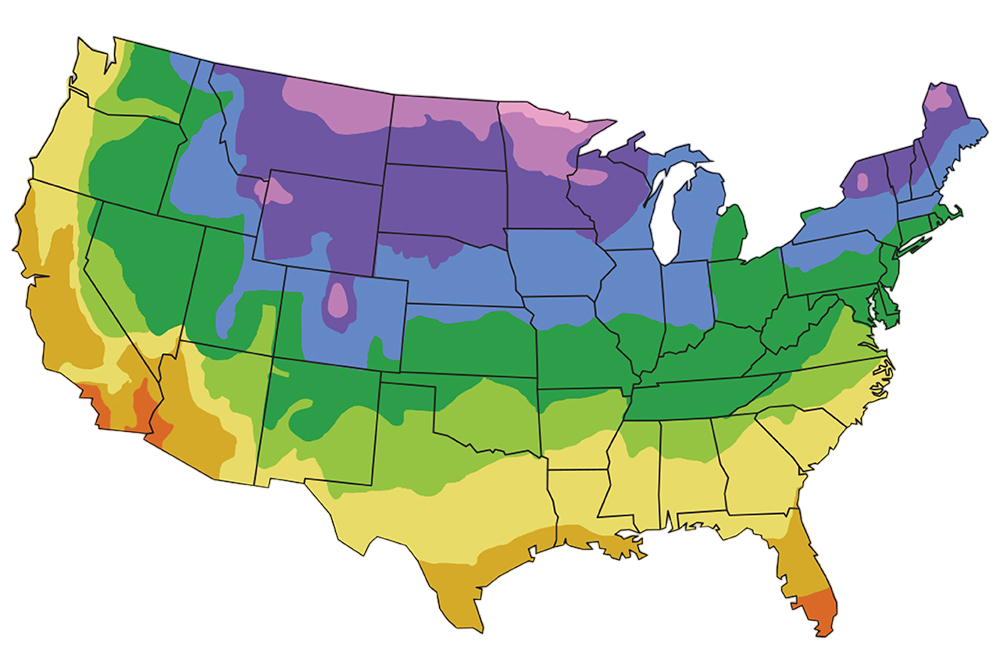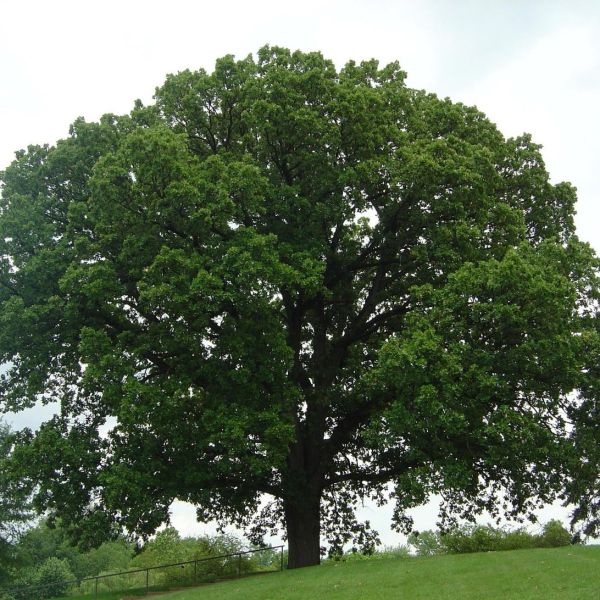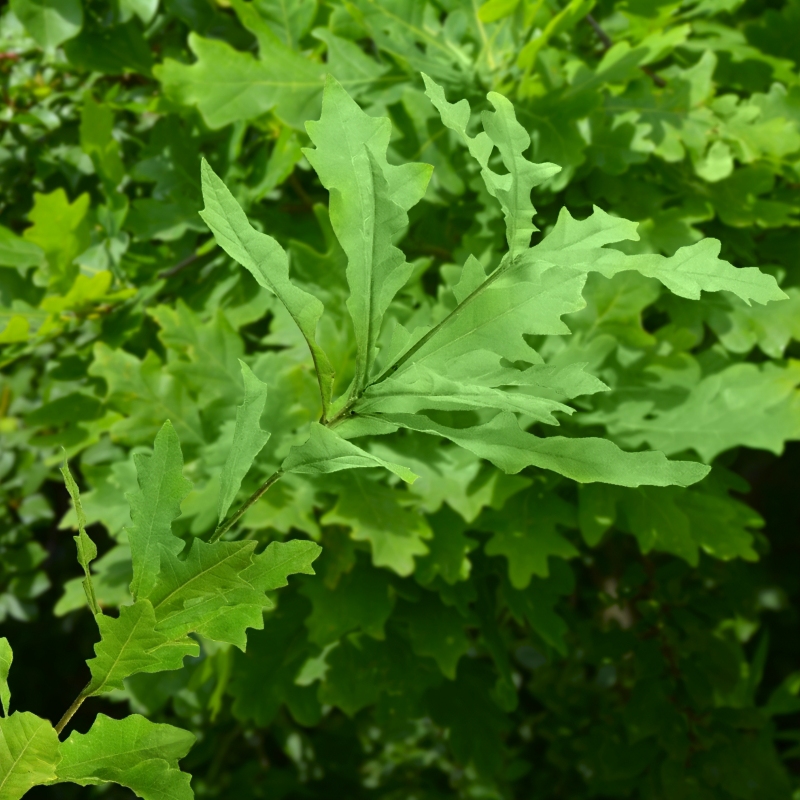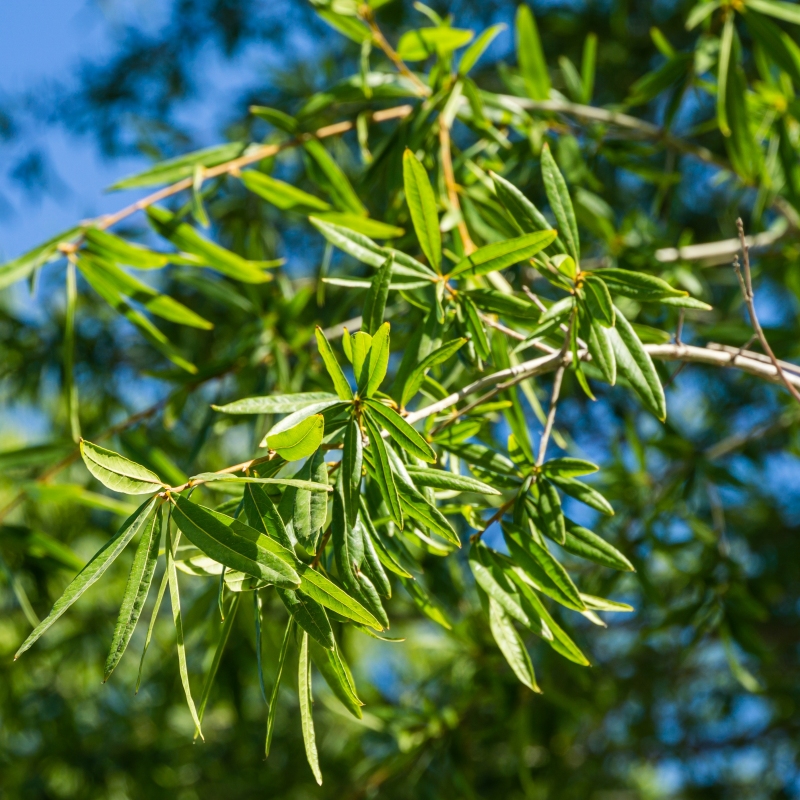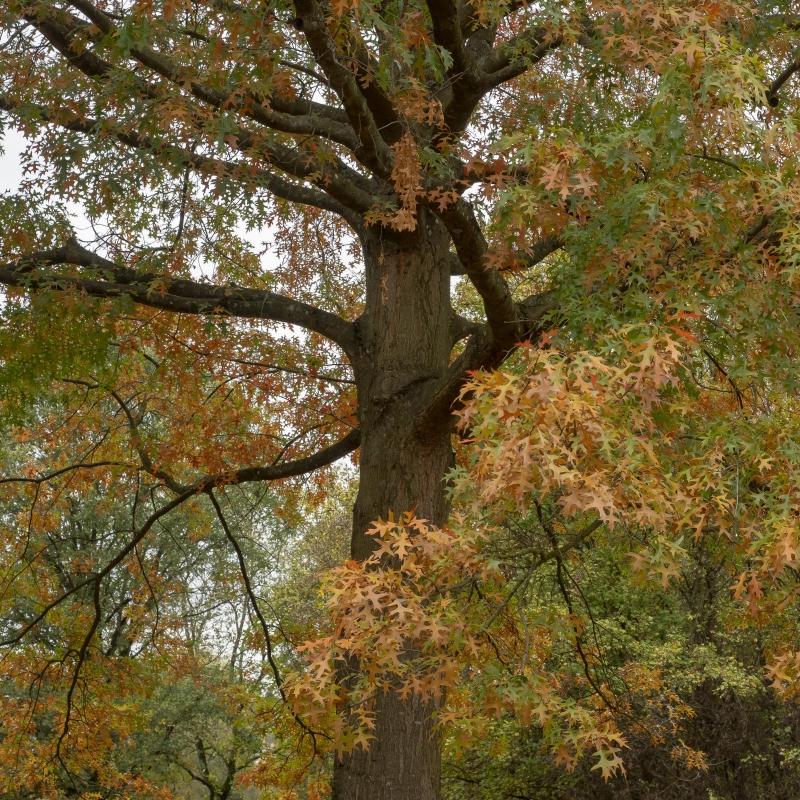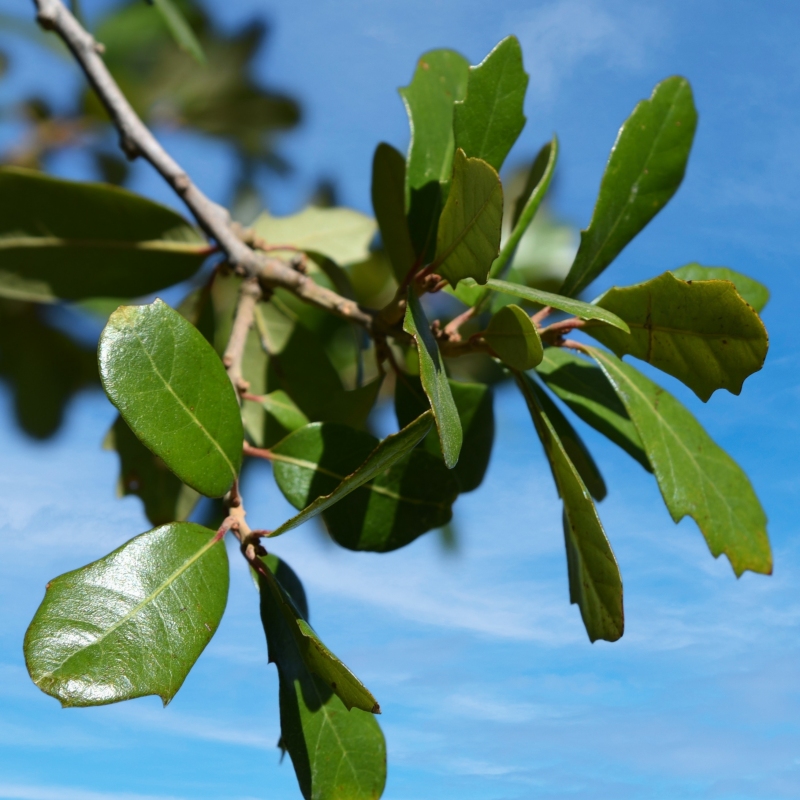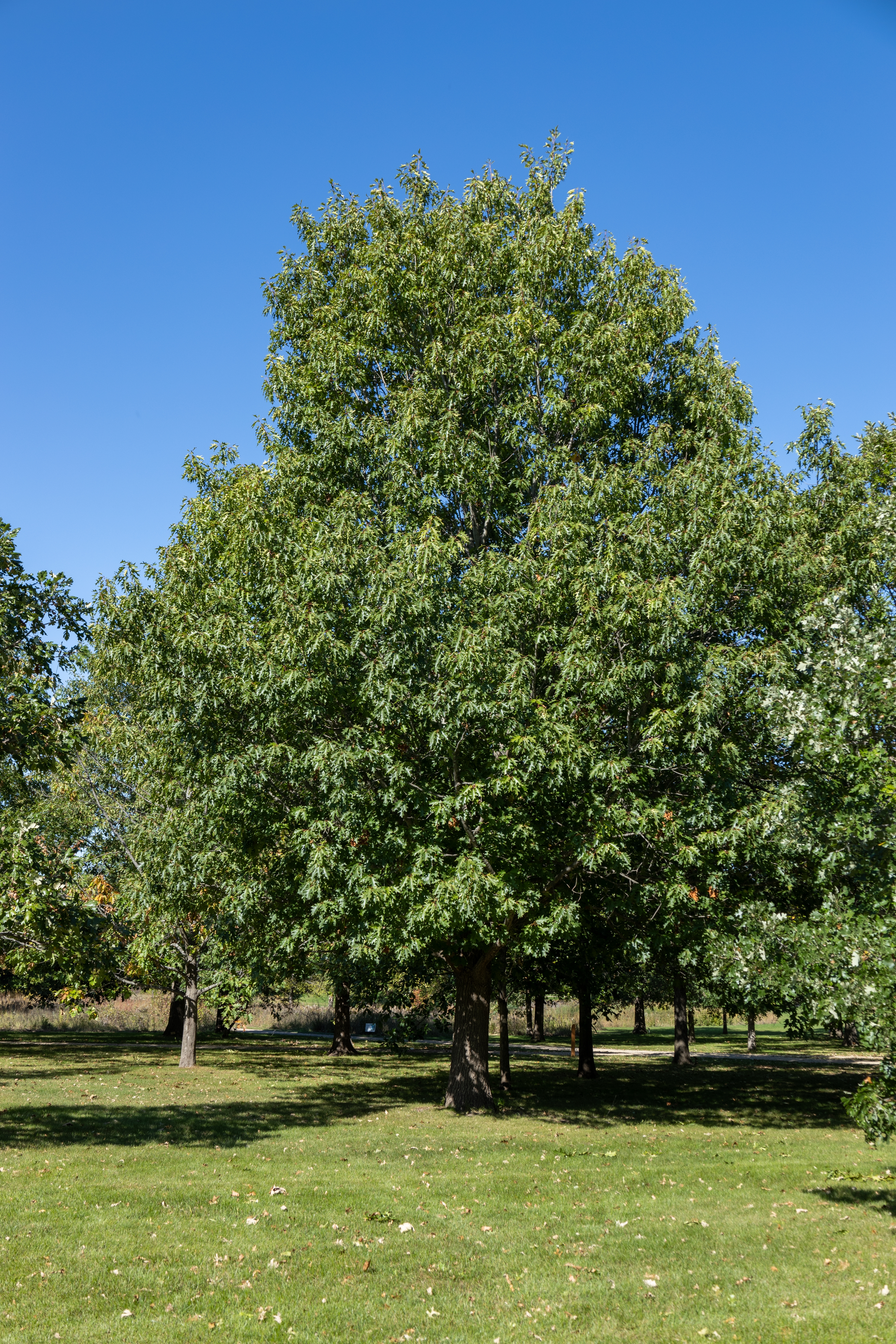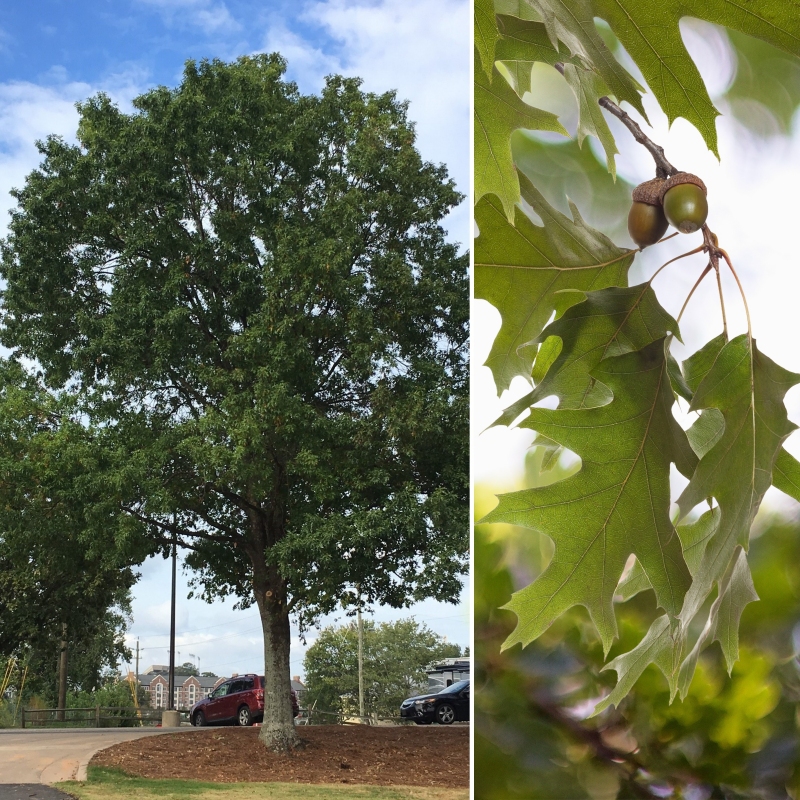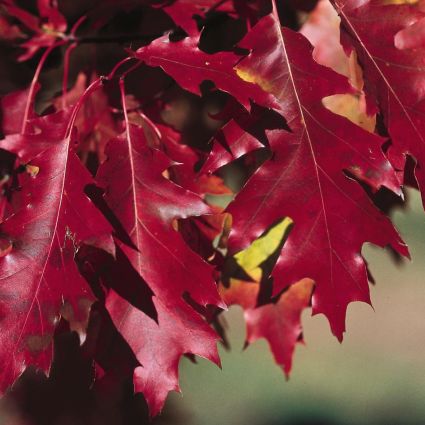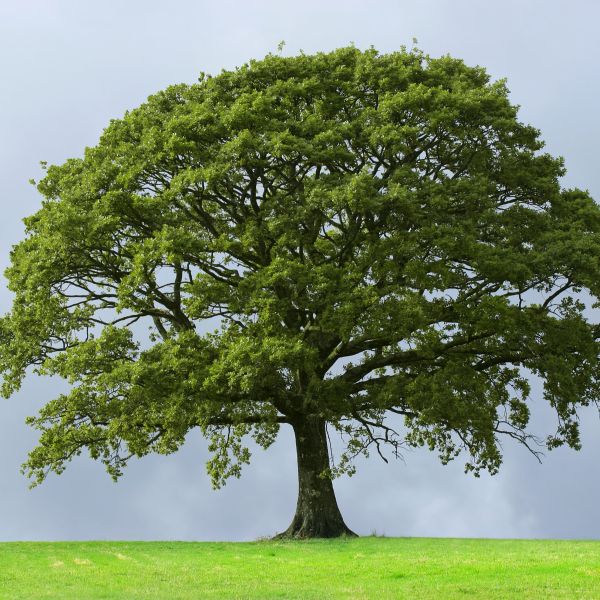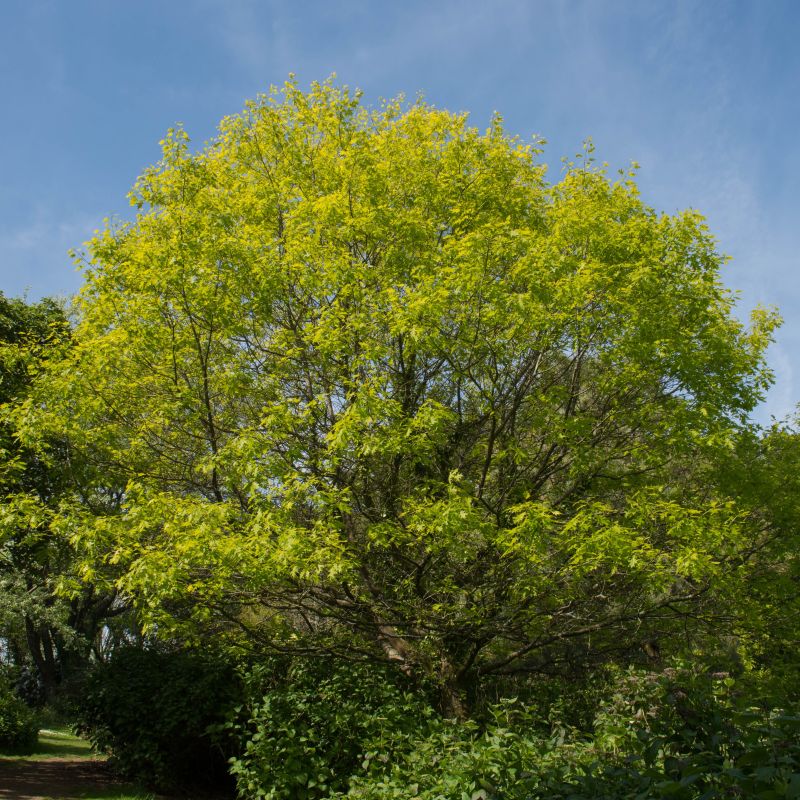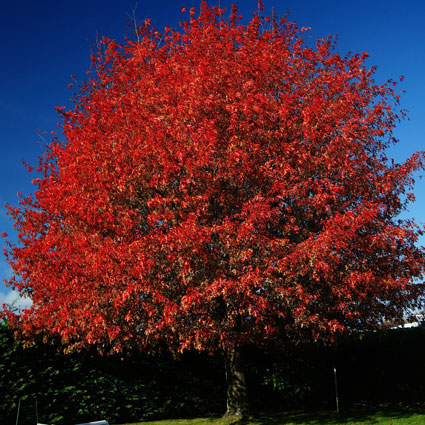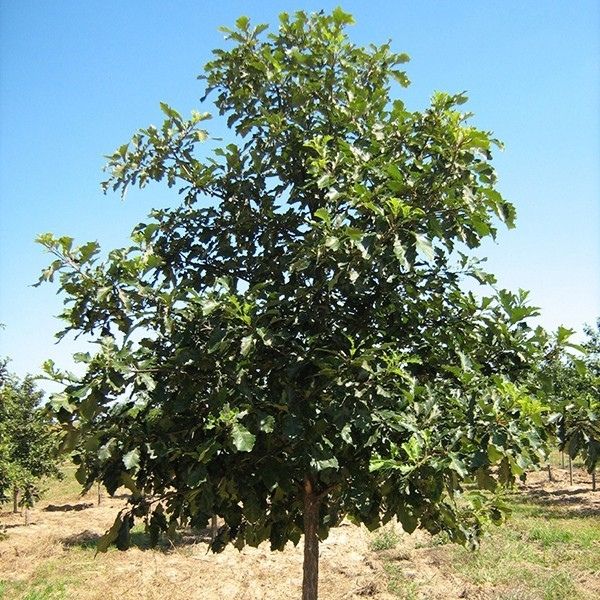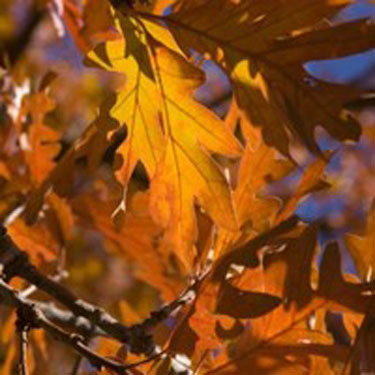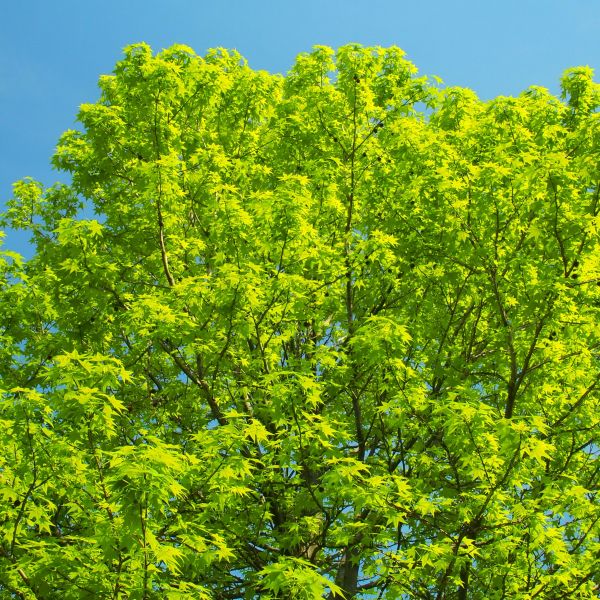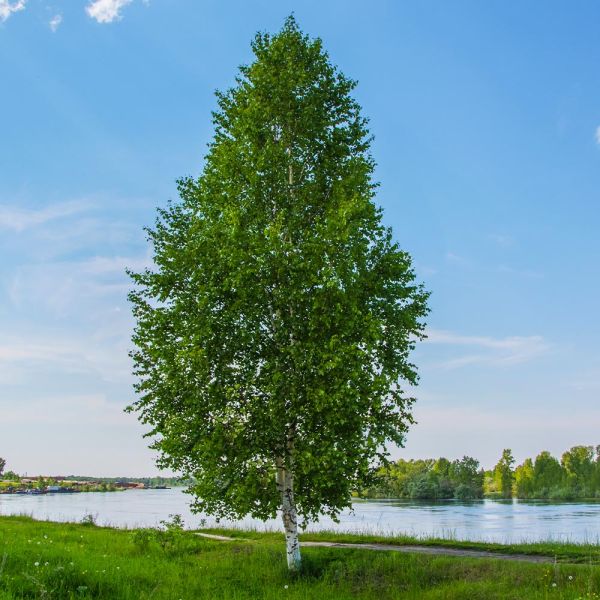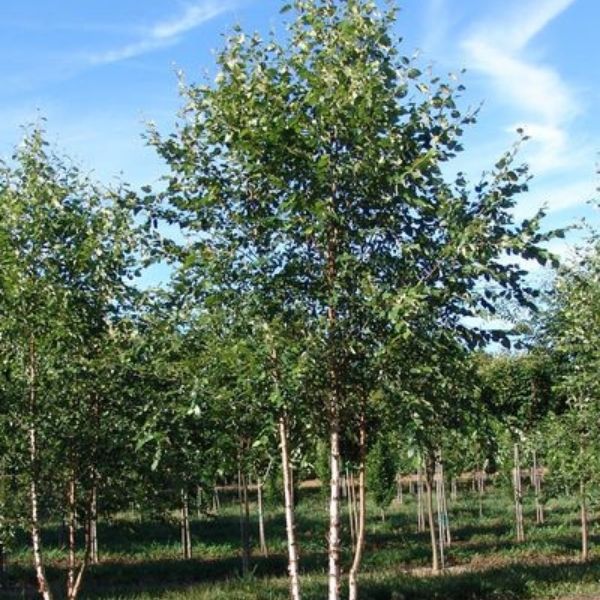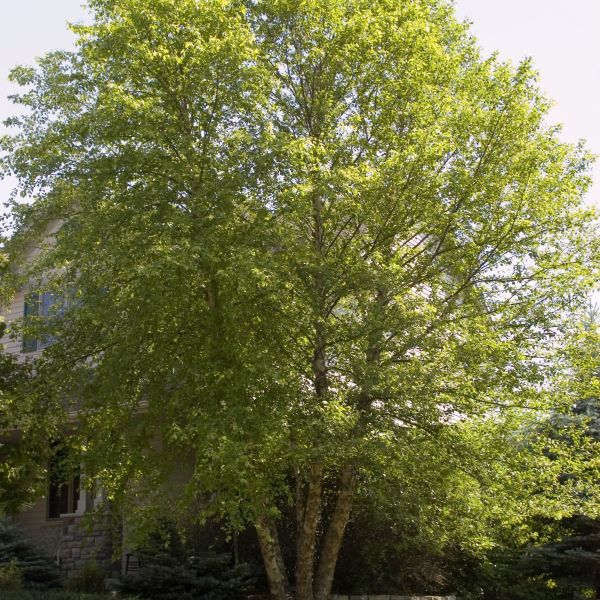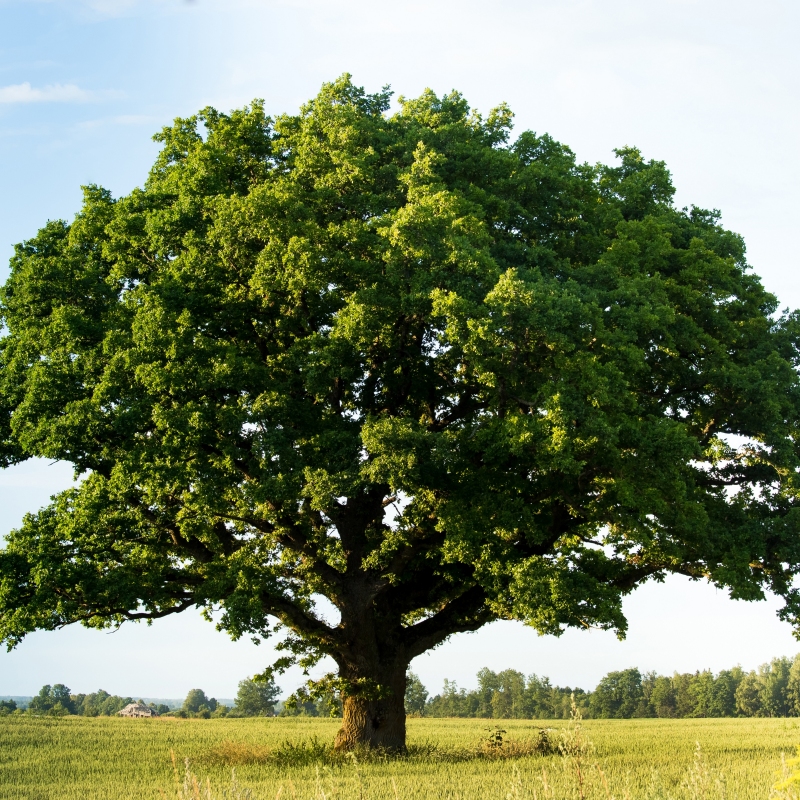
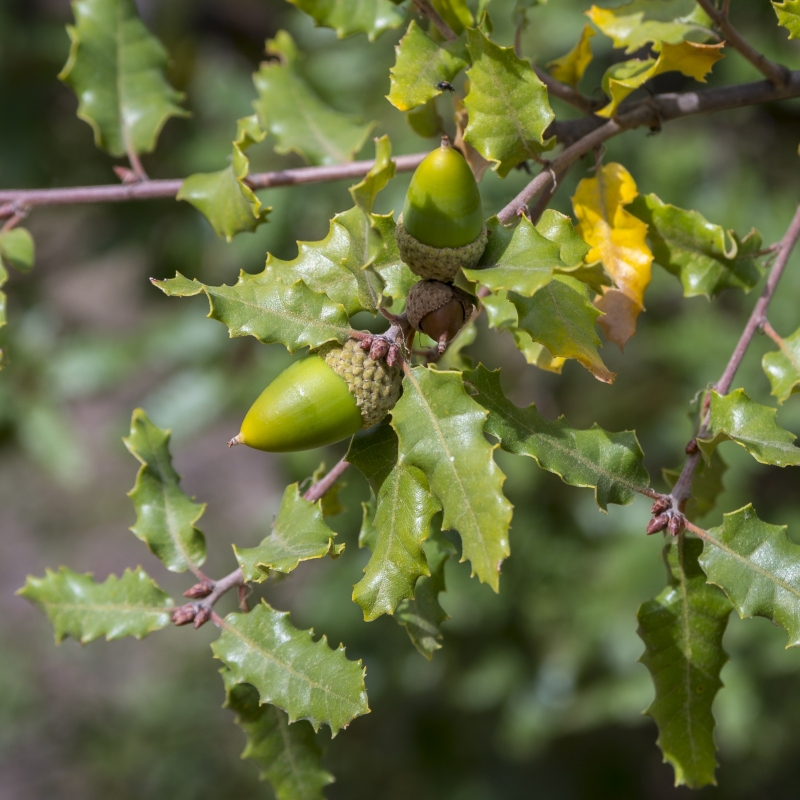
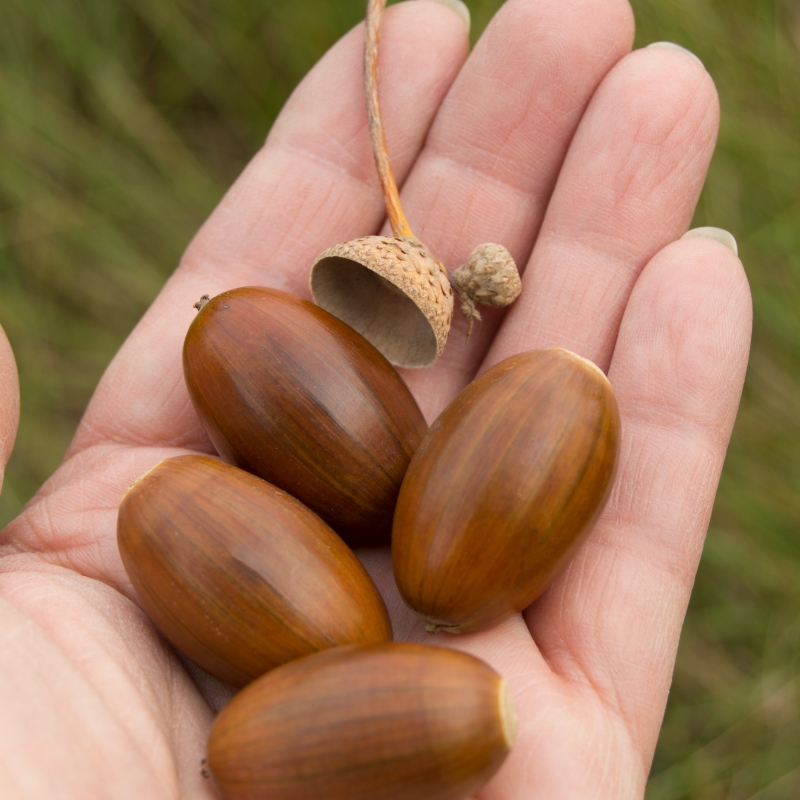

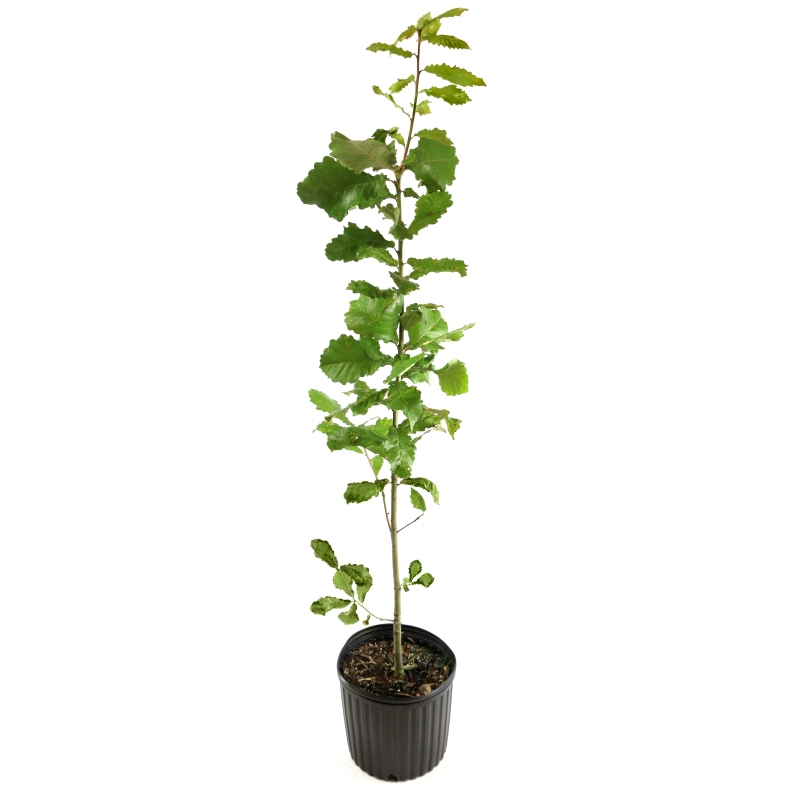
Swamp Chestnut Oak Tree
Quercus michauxii Swamp Chestnut Oak
17 reviews
Swamp Chestnut Oak Tree
Quercus michauxii Swamp Chestnut Oak
17 reviews
- Hardy tree that is resistant to pests and diseases
- Provides ample shade with its large, spreading canopy
- Produces edible acorns that attract wildlife
$90.00
$129.00
30% Off
- Ships to in 3-5 Days
- Free Shipping Over $150
- Plant Arrival Guarantee
- In Stock
- Free Plant Consult
$200
Trade 3 Gallon
We are sorry, product is currently out of stock due to seasonal availability. Please check the "Related plants available in your area" section below
Why Swamp Chestnut Oak Tree?
The Swamp Chestnut Oak tree, also known as Quercus michauxii, is a large, deciduous tree native to the southeastern United States. It is characterized by its broad, spreading crown and large acorns that provide a food source for wildlife. The wood of this tree is used for lumber and furniture making due to its strength and durability.
Related plants available in your area
Sunlight
Swamp Chestnut Oak trees prefer full sun to partial shade. They require at least six hours of direct sunlight each day for optimal growth and health. In areas with hot summers, some afternoon shade may be beneficial to prevent stress on the tree.
Watering
The Swamp Chestnut Oak tree prefers moist to wet, acidic, well-drained soil. It can tolerate periods of flooding but also requires good drainage to prevent waterlogged roots. Provide regular watering during periods of drought, especially in the tree's earl
Fertilizing
Swamp Chestnut Oak trees benefit from an annual application of slow-release fertilizer with a balanced N-P-K ratio such as 10-10-10. They prefer acidic, well-drained soil, so fertilizers with higher acidity may be beneficial. It is important to follow pack
Swamp Chestnut Oak Tree (Quercus michauxii)
The Swamp Chestnut Oak Tree, also known as Quercus michauxii, is a large, deciduous tree native to the southeastern United States. This tree typically grows to a height of 60-100 feet with a spreading crown that can reach up to 50 feet in width.
The Swamp Chestnut Oak Tree is known for its impressive size and its hardy, durable wood. The leaves of this tree are simple, alternate, and ovate in shape, turning a vibrant red-brown color in the fall before dropping off for the winter.
This species of oak tree produces acorns that are a valuable food source for wildlife such as deer, turkey, and squirrels. The acorns are large and round, measuring up to 1 inch in diameter.
Swamp Chestnut Oak Trees thrive in moist, well-drained soils and are commonly found along the edges of swamps, floodplains, and streams. They are relatively low-maintenance trees that are tolerant of a variety of growing conditions.
Plant a Swamp Chestnut Oak Tree in your landscape to enjoy its impressive size, vibrant fall foliage, and the wildlife that it attracts.
Plant Information:
| Botanical Name: | Quercus michauxii Swamp Chestnut Oak |
| USDA Zones: | 5 - 9 |
| Mature Height: | 60 FT |
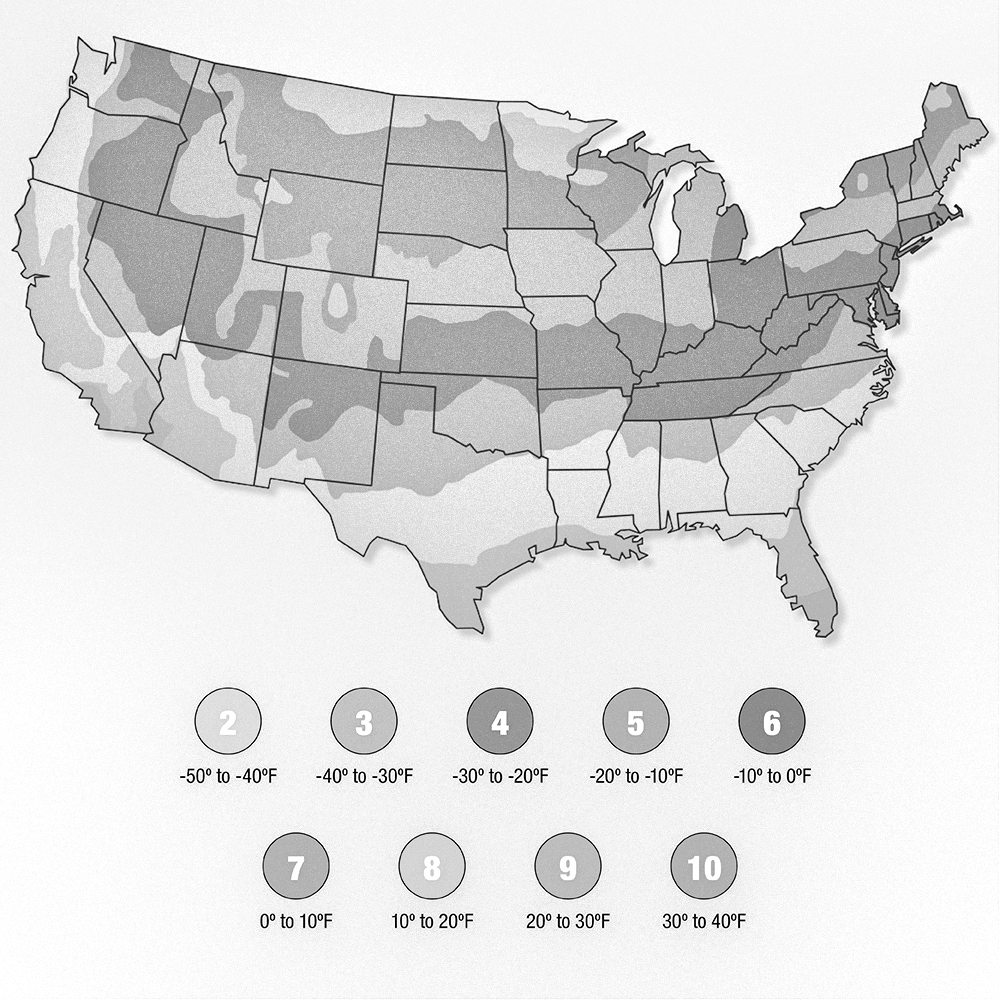
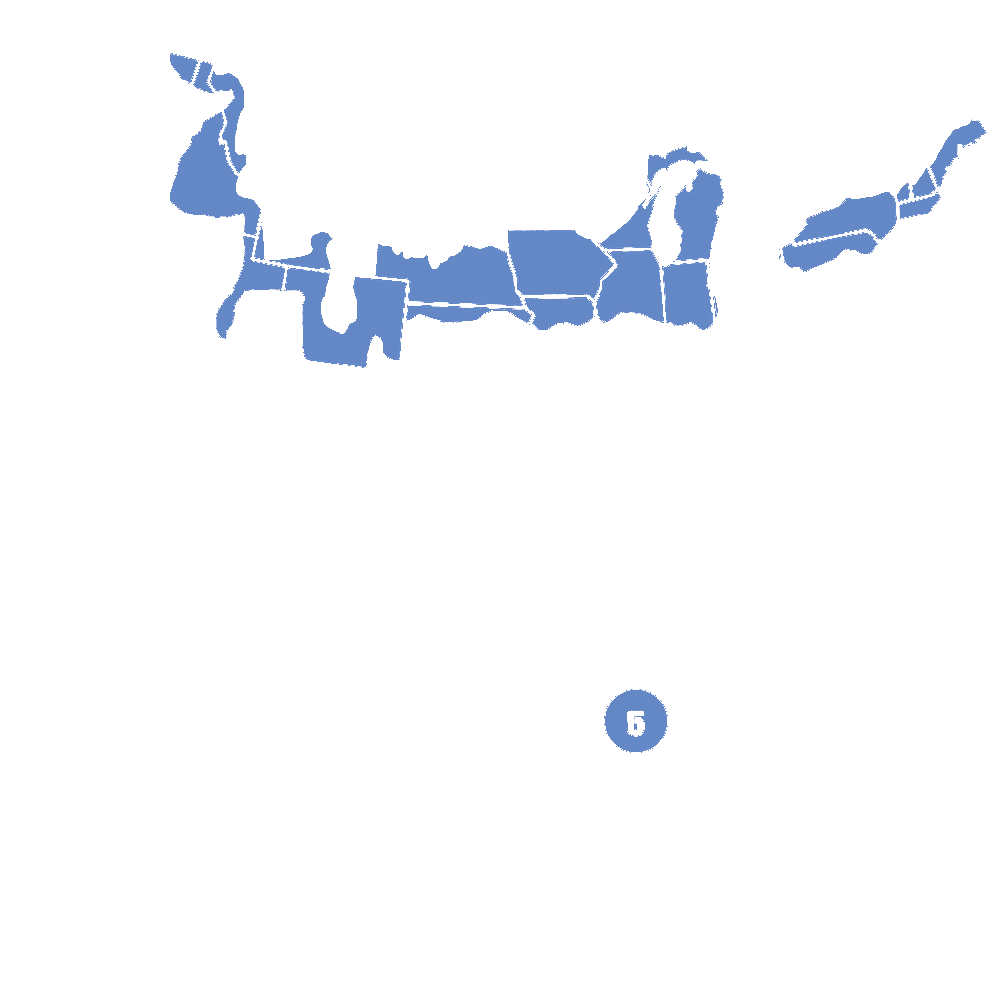
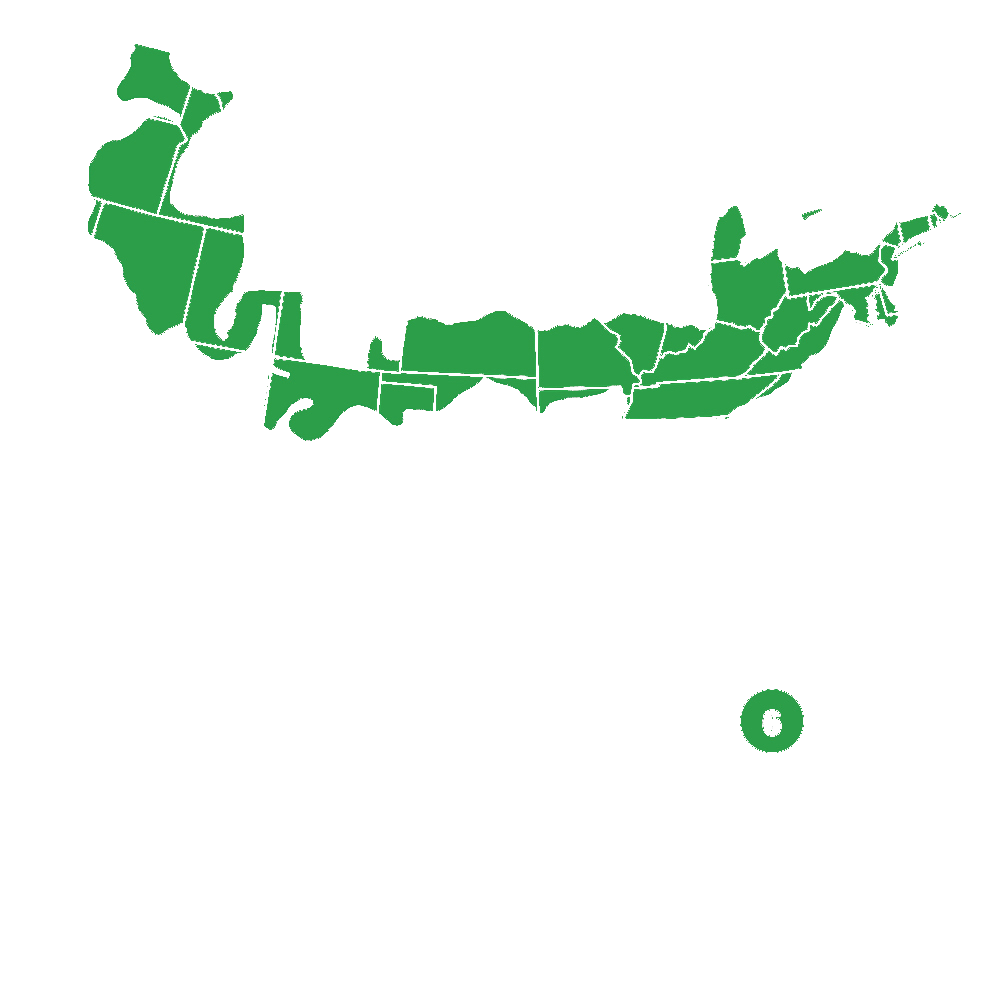
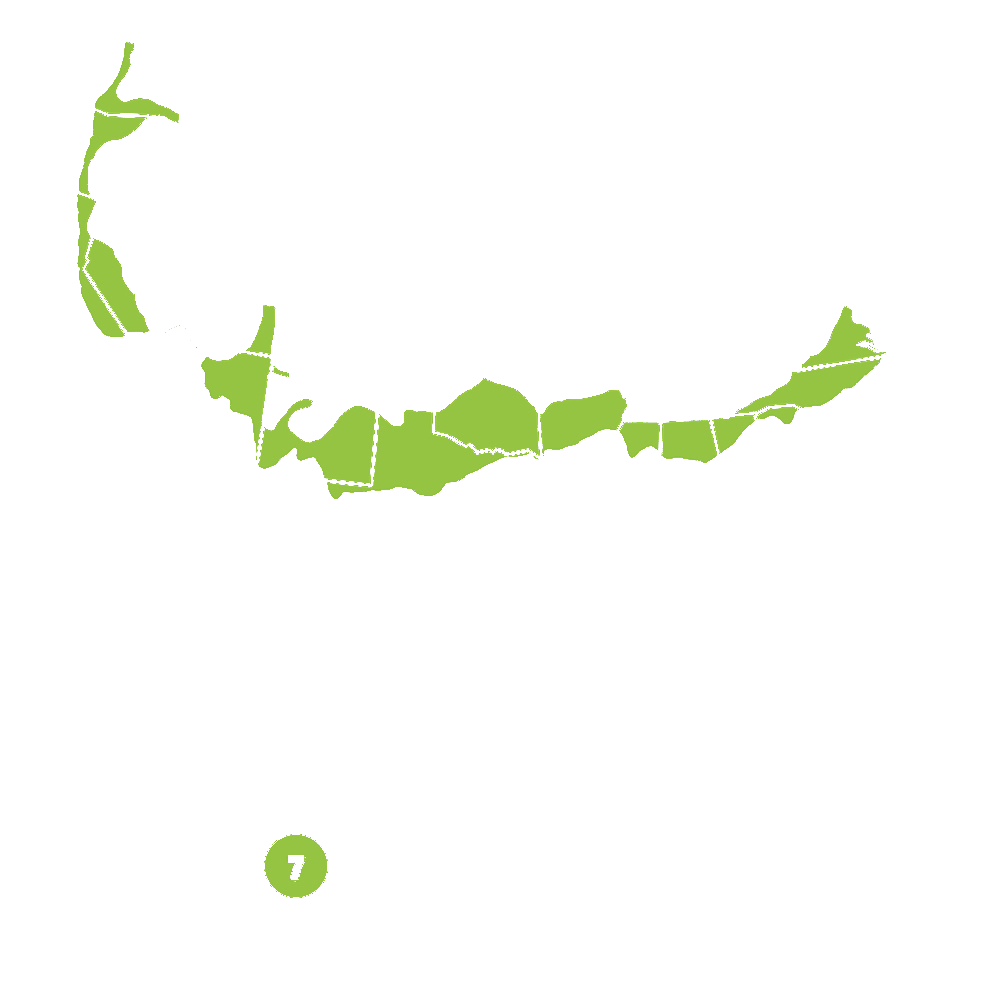
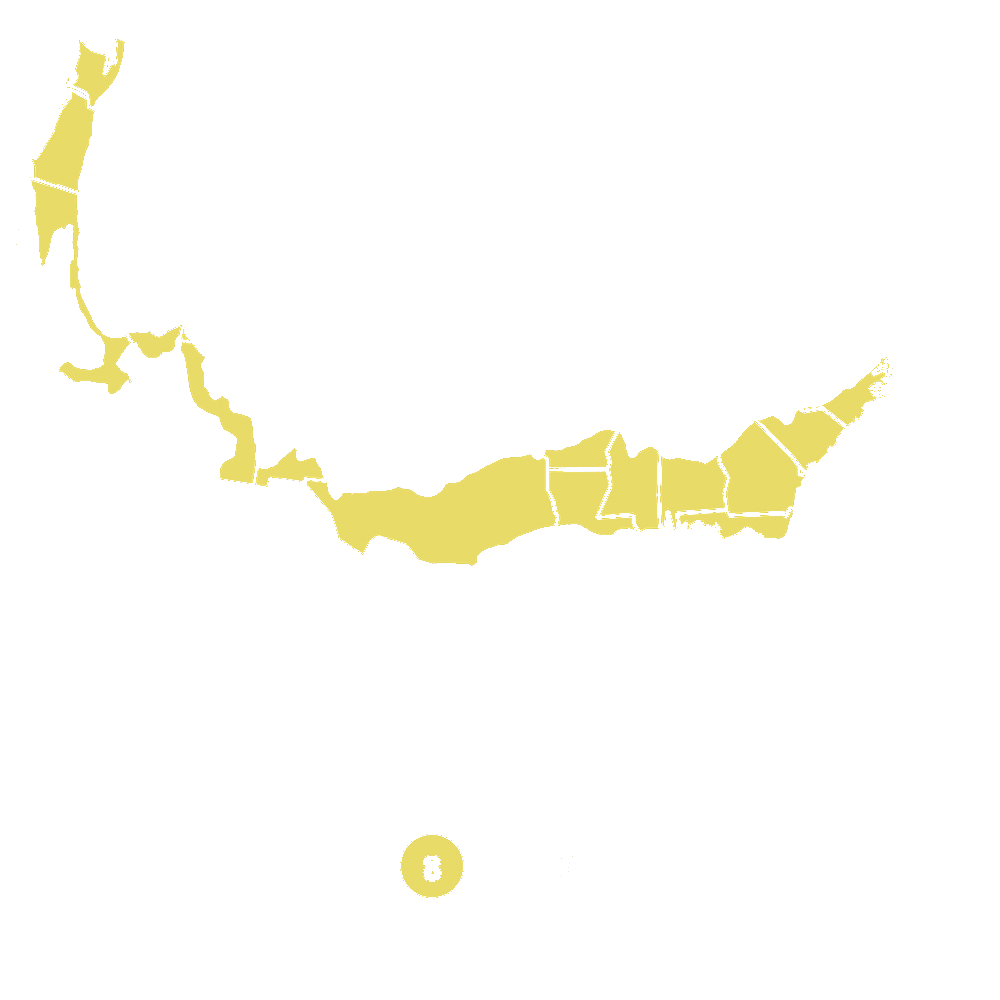

Pollination Info
Swamp Chestnut Oak Tree Pollination Info
The Swamp Chestnut Oak tree (Quercus michauxii), also known as the Swamp Oak, Basket Oak, or Cow Oak, is a large deciduous tree native to the southeastern United States.
Flowering and Pollination
The Swamp Chestnut Oak tree typically blooms in the spring, with male flowers appearing as yellow-green catkins and female flowers as small, red clusters. The tree is wind-pollinated, meaning that the pollen is carried by the wind from the male flowers to the female flowers for fertilization.
Pollen Dispersal
Because the Swamp Chestnut Oak tree is wind-pollinated, it relies on the movement of air to disperse its pollen. The male flowers release pollen into the air, where it can travel long distances in search of female flowers to pollinate.
Cross-Pollination
While Swamp Chestnut Oak trees are mainly wind-pollinated, they can also be cross-pollinated by insects such as bees and other pollinators that visit the flowers for nectar. Cross-pollination can help promote genetic diversity and improve seed quality.
Seed Production
After successful pollination, the female flowers of the Swamp Chestnut Oak tree develop into acorns. The acorns mature and fall to the ground in the fall, where they can germinate and grow into new oak trees.
FAQ
Swamp Chestnut Oak Tree (Quercus michauxii)
FAQ
What is a Swamp Chestnut Oak Tree?
The Swamp Chestnut Oak Tree, scientifically known as Quercus michauxii, is a large deciduous tree that is native to the southeastern United States. It is known for its broad, spreading crown and distinctive chestnut-like acorns.
How tall does a Swamp Chestnut Oak Tree grow?
Swamp Chestnut Oak Trees typically grow to be 60-100 feet tall, with a spread of 40-60 feet. They have a moderate to fast growth rate.
What are the growing conditions for Swamp Chestnut Oak Trees?
Swamp Chestnut Oak Trees prefer full sun and moist, well-drained soils. They are adaptable to a variety of soil types but do best in acidic, sandy loam soils.
When do Swamp Chestnut Oak Trees bloom?
Swamp Chestnut Oak Trees bloom in the spring, producing small greenish-yellow flowers that are not particularly showy. They then develop into acorns that ripen in the fall.
Are Swamp Chestnut Oak Trees susceptible to any diseases or pests?
Swamp Chestnut Oak Trees are generally disease and pest resistant. However, they can be susceptible to oak wilt, root rot, and various insects such as oak leafhoppers and lace bugs.
Can Swamp Chestnut Oak Trees be planted in urban areas?
Swamp Chestnut Oak Trees can be planted in urban areas as long as they have enough space to grow and receive proper care. However, they may not tolerate air pollution and compacted soils as well as other tree species.
How can I care for a Swamp Chestnut Oak Tree?
Proper care for a Swamp Chestnut Oak Tree includes regular watering, mulching, and fertilizing. Pruning may also be necessary to maintain a strong structure and remove any dead or diseased branches.
Planting & Care
Planting & Care for Swamp Chestnut Oak Tree
Planting: Swamp Chestnut Oak trees prefer moist, well-drained, acidic soil in full sun to partial shade. Plant your tree in the spring or fall, digging a hole twice as wide and as deep as the root ball. Remove any rocks, grass, or other debris from the hole and mix in organic matter like compost before placing the tree in the hole.
Watering: Keep the soil consistently moist, especially during the first year of growth. Water deeply at least once a week, ensuring that the root zone receives enough water. Be careful not to overwater, as Swamp Chestnut Oak trees do not tolerate waterlogged soil.
Pruning: Prune your Swamp Chestnut Oak tree in the winter while the tree is dormant. Remove any dead, diseased, or damaged branches, as well as any crossed or rubbing branches. Regular pruning will help maintain the tree's health and shape.
Fertilizing: Fertilize your Swamp Chestnut Oak tree in the spring with a balanced slow-release fertilizer. Avoid applying fertilizer near the trunk of the tree and instead spread it evenly over the root zone.
Pests & Diseases: Swamp Chestnut Oak trees are relatively pest and disease-resistant. However, keep an eye out for common oak tree pests like oak anthracnose, oak blight, and oak wilt. Use appropriate insecticides or fungicides if necessary.
Mulching: Apply a 2-4 inch layer of mulch around the base of the tree, keeping it several inches away from the trunk. Mulch helps retain moisture, suppress weeds, and regulate soil temperature. Refresh the mulch annually to maintain its effectiveness.
Following these planting and care tips will help your Swamp Chestnut Oak tree thrive and grow into a beautiful and healthy addition to your landscape.
Check Out These Verified Customer Reviews:
Customer Reviews
4.6 out of 5 based on 17 reviews
Thank you! Your review has been submitted.
I was impressed with the size and health of the tree. It was a great addition to my garden.
The quality of the tree exceeded my expectations. It was a fantastic buy.
Sturdy tree, good quality
Item has been added to your cart.

